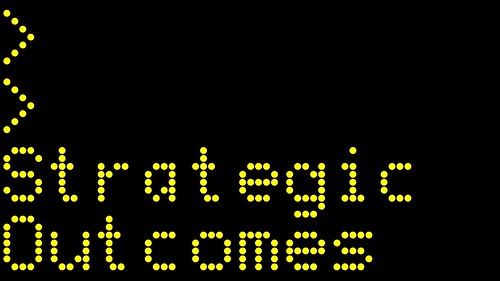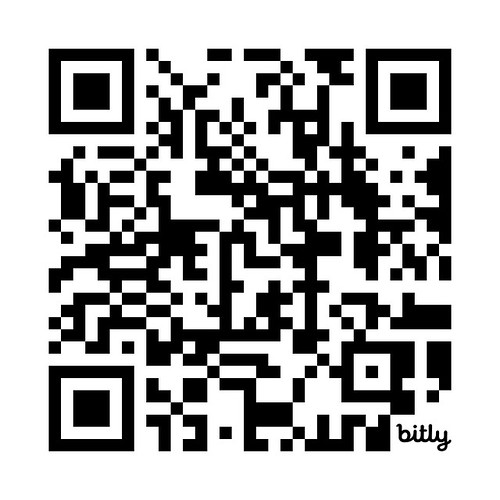July 2025 introduction – two-dozen (24) edition
What a scorcher of month it turned out to be. This edition marks the second anniversary of Strategic Outcomes.
24 or two dozen as they call it in the bingo halls, is considered be unlucky in Cantonese because it sounds like ‘easy die’. All of which made the number symbolizing a violent political thriller TV series all the more appropriate.
24 was the name of a must-see action drama that launched in the aftermath of 9/11. The show was quite prophetic in some ways given that the pilot was shot in March 2001 and production began in earnest in July that year.
Jack Bauer fought terrorist and drug cartel attacks over nine seasons and sold countless DVD boxsets outselling Peter Jackson’s Lord of the Rings: The Fellowship of The Ring. Bauer’s ‘the ends justify the means’ approach caught the zeitgeist of enhanced interrogation and the real-time plot with political intrigue kept audiences hooked.
Much of this month for me has been dominated by generative AI in terms of the projects that I have been working on and what I have been learning on Coursera.
This month’s summery soundtrack for the newsletter comes from French DJ Folamour playing joyful house music that would be very on-point for the early to mid-1990s sets I used to play during the mid-week at the long-gone and largely unlamented Sherlocks bar and Bonkers night club in Merseyside.
New reader?
If this is the first newsletter, welcome! You can find my regular writings here and more about me here.

Things I’ve written.
- I have been thinking a good deal about business cards and their relevance in 2025, there maybe some reasons for optimism given wider trends happening at the moment.
- Apple developer focus given last year’s problematic pivot to go big on AI.
- The Hong Kong government banned a Taiwanese game Reversed Front: Bonfire. The game portrayed the Hong Kong government in a poor light alongside their Beijing counterparts. But gaming and politics aren’t as bizarre bedfellows as it would seem on the surface.
- Optimising my video calling experience took me back through my past life as a DJ to find an appropriate headphone and mic solution for long work calls.
- Design collaborations and other things including philosophical approaches to building machine learning systems and early smartphone demos.
Books that I have read.
- I read Charles Beaumont’s A Spy At War, the follow-on to A Spy Alone which I read earlier on in the year. Beaumont’s story moves from the UK to Ukraine, tracking the lines between Russian corruption and what the Russian intelligence services would call the ‘useful idiots’ of right leaning populist politics. Beaumont doesn’t disappoint with this second story related to his Oxford spy ring, the unnerving aspect of it all is how similar many of the characters seem to public figures. I will let you draw your own conclusions on that.
Things I have been inspired by.
Cartier exhibition
I got to go to the Cartier exhibition at the V&A museum. At first I was thinking about passing it by when I looked at the exhibition catalogue. The photography seemed flat and lacking in lustrousness. The exhibition needed to be seen in person to appreciate the art of the jeweller and gemologist respectively.
Mid-year trends
Dan Frommer and the team at The New Consumer & consumer goods focused investor Coefficient Capital dropped their mid year trends presentation which is free to download.
There were a number of outtakes for me
- Economics
- US consumer spending held steady, even as consumer sentiment fluctuated – this might be due to inflation, but you didn’t see a corresponding dip. This was also mirrored in steadily life satisfaction statistics.
- Consumer price elasticity for ‘Made in America’ products is low.
- Marketing
- 97% of US consumers surveyed knew it was Amazon Prime day before shopping – which is a phenomenal level of awareness.
- 98% of US consumers are aware of AI. Which adds more credence that AI’s place in culture is similar to that of the web and the internet in the mid-to-late 1990s – even amongst people who aren’t actually using it. It is consistently in 0.25% of news coverage since the launch of ChatGPT.
- Awareness of Ozempic was at 58%, Viagra was at 62% – which says a lot about the power of long-term brand building.
- Pets
- Pets are 40 percent of male respondents best friend, but 40% of women view pets as their child.
Chart of the month.
Smart Communications released a report looking at health CX and patient attitudes. There was a considerable variation between consumers by age on trust in AI across both concerns about data privacy and the overall ethics involved. But a majority of consumers in every age group thought that AI would maintain or improve health communications channels.
Things I have watched.
Network as a 1976 film was quite prescient. It covers the tension between network television’s quest for eyeballs and the ‘just the facts’ era of Walter Cronkite and his team at CBS Evening News. We have a network executive who sees views in the breakdown of a news reader at the twilight of his career. It also feels like an allegory on modern day influencers and the tyranny of slavishly following the algorithm.
Inspired by an article in the Financial Times, I rewatched Barry Lyndon for the first time in years. The first time I watched it was out of curiosity for a few reasons
- It’s based on the 19th century novel of an Irish hero who bounces through various adventures and eventually dies in a debtors prison.
- It was a Stanley Kubrick film. Barry Lyndon was made in 1975, after A Clockwork Orange and prior to The Shining.
- It was similar in concept, if not in execution to the ‘cinéma du look’ movement that I have watched and written about previously in this newsletter. Conceptually ‘‘cinéma du look’ and Barry Lyndon share a common concept, both were looking to replicate an aesthetic. ‘Cinéma du look’ was inspired by the golden age of TV advertising and music videos, Barry Lyndon was inspired by 18th century art.
Barry Lyndon like the later cinéma du look films were critiqued for putting style over plot lines. And like cinéma du look, Barry Lyndon has become more appreciated with age. The stylistic aspects of Barry Lyndon have appealed to TikTokers and gained new life. I hope the same happens for cinéma du look works that equally deserve the exposure.
When I was a child, my time was spent split between living on my uncle’s farm in Ireland and the Mersey basin which was a thriving petrochemical hub with giant silver cathedrals to human ingenuity and process engineering. Climate change wasn’t in the public zeitgeist. You would see the stack flares as you drove past plants at night and the mercury discharge lamps dotted along inspection walkways.
Friends Dad’s worked abroad in the petrochemical industry or in the north sea. It was adventure, it had a hint of danger. That was solidified in my mind when I saw Hellfighters, where John Wayne cosplayed as an analogue of Red Adair. The film is basically an oilfield western BUT to six year old me – giant oil fires seemed cool. Wayne’s character Chance Buckman was an undisguised portrayal of Red Adair and Red Adair Co. Inc even down to Adair’s signature red overalls.
Yes its got misogny and it’s exactly the same as every other John Wayne film from the 1960s in terms of plot and pacing. Wayne even used many of the same co-stars over-and-over again.
To my more practiced eye as a former plant process operator turned ad man; parts of oilfield scenarios are a bit hokey. However, the modernist design aesthetic, spectacle and the fire portrayed in the film continues to impress all these years later. The engineering and plant portrayed in the film means that it’s one of those movies my Dad and I watch together, most of the time talking about the equipment used and other minutiae of the film.
As a film it also does a good job of documenting the oil infrastructure of the Texas panhandle in the 1960s.
If I had any criticism it is that the film needs a good reprint with a 4K re-scan. I can also recommend Red Adair: An American Hero which was his authorised biography – we had a well-thumbed copy in control room of plant I briefly worked in prior to college.
Useful tools.
Image format conversion
For long time Mac users the go to tool for image conversion is Lemke Software‘s GraphicConvertor. Thorsten Lemke is a legend in the Mac software community, supporting his application since the mid-1990s; back when being a Mac user was an endangered species. I remember first getting a copy on a Mac computer magazine disc in college and found it invaluable ever since. Even now it supports obscure image formats that you won’t have seen in decades like PICT. However if you don’t have access to your own machine and software, a couple of online web services I can recommend at a pinch are SVG to PNG and CloudConvert.
Visualisation tool
I have just started playing with MyLens AI and it’s conceptually interesting enough for me to recommend experimenting with it yourself.
The sales pitch.
I am currently working on a brand and creative strategy engagement at Google’s internal creative agency. I am now taking bookings for strategic engagements from the start of 2026 – keep me in mind; or get in touch for discussions on permanent roles. Contact me here.

More on what I have done here.

The End.
Ok this is the end of my July 2025 newsletter, I hope to see you all back here again in a month. Be excellent to each other and onward for the rest of the dog days of summer.
Don’t forget to share if you found it useful, interesting or insightful.
Get in touch


